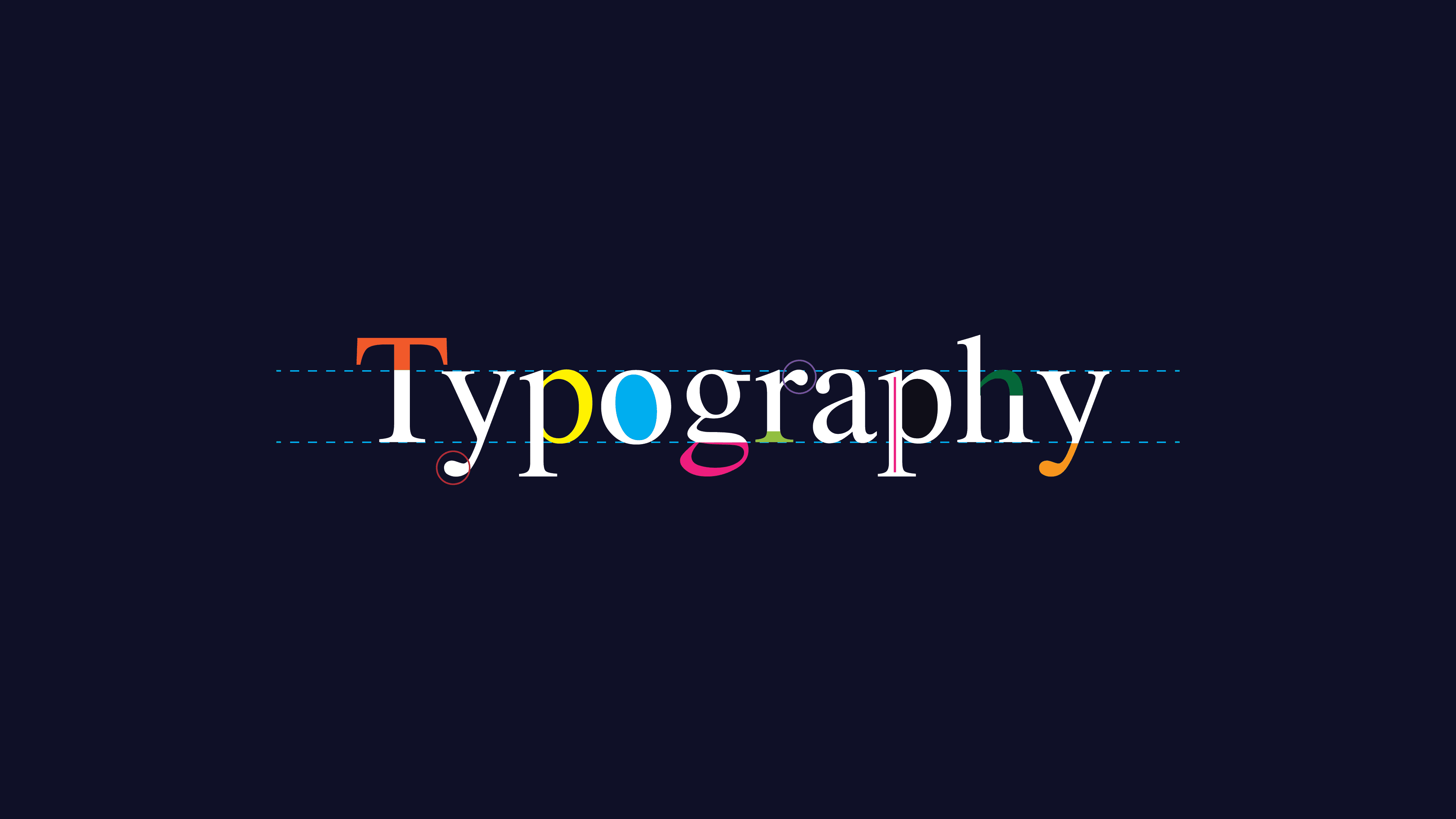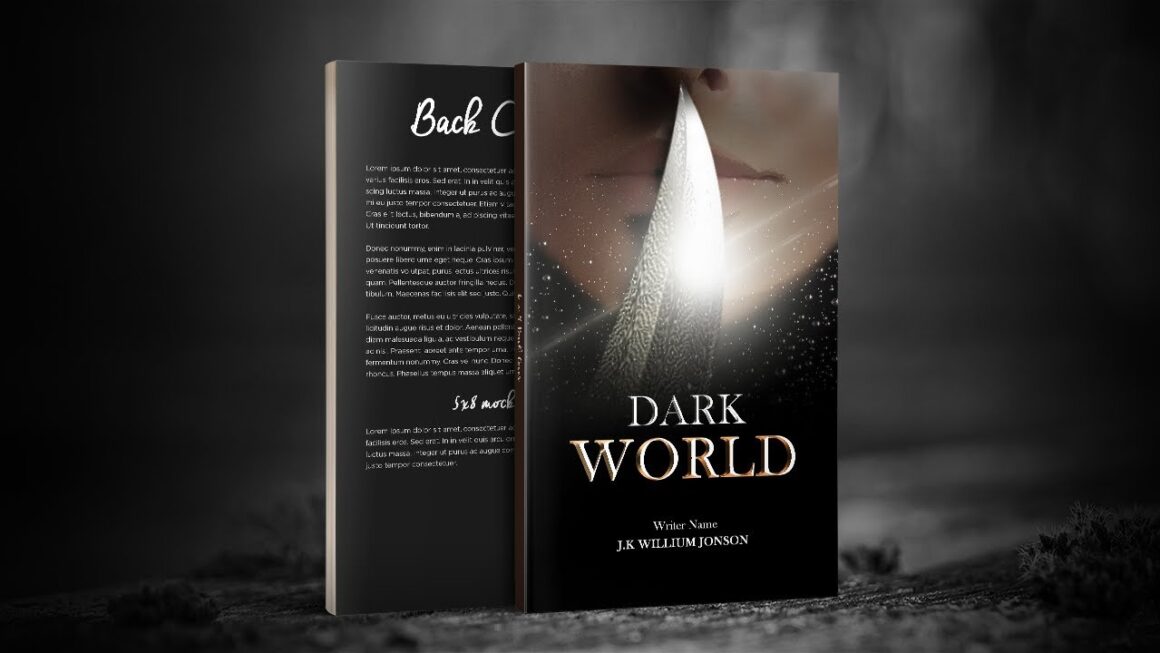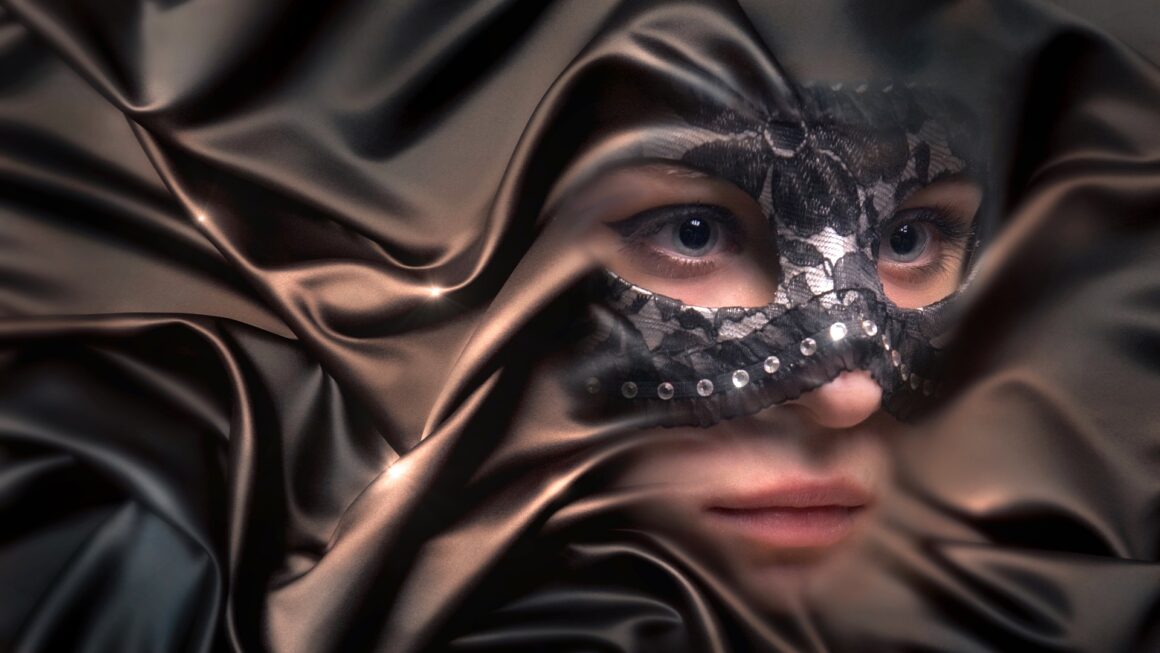The word typography is of Greek origin and comes from the words “types” and “graphos”, which together mean “a mold to write or record”. Currently, typography is the action or trade of choosing and deciding the use of fonts designed for the development of a print or digital graphic element.
The term typography is used to designate the study, design and classification of types (letters) and fonts such as sans serif fonts (families of letters with common characteristics), as well as the design of unified characters by uniform visual properties.
The purpose of any graphic composition is to convey a specific message. To do this, the designer uses two main tools: the image and the text.
Images provide a very important visual aspect to any composition. It is capable of transmitting a message coherently by itself. However, the means of transmission of ideas par excellence is the word, spoken or written. The essence of good graphic design is to communicate ideas through written words, often combined with drawings or photographs.
Each of the fonts have a different shape and meaning, this is what characterizes them, regarding the way we refer to what we observe (line, geometry, style, inclination…) and the meaning refers to what it transmits, that is, the message that it generates in the receiver.
We are talking about a component that is capable of transmitting messages and ideas such as elegance or some emotion, which is why it is a quite fundamental communication tool.
The importance of typography in design
Choosing a font to make a design may seem somewhat complicated, since many factors depend on it, but taking it into account, giving ourselves the time to think about it and with some practice, it can be achieved. The first thing to take into account is to know what you want it to transmit: security, love, confidence, fear? Typography is capable of transmitting emotions by itself , so it is important to choose a typeface that is correct for your design. This together with other graphic elements reinforce the message you want to convey and allow it to stay in the mind of the consumer.
The most used fonts
Serif:
Serif fonts are characterized by having endings that extend at the ends of the letters, these refer to the traditional and the classic.
Sans Serif:
These, unlike the “Serif”, do not have endings, but end in a clean way and facilitate readability. These are related to the innovative and avant-garde.
Script (Handwritten):
They represent handwritten typography and can generate fun or modernity, they do not provide much legibility, so their use must be controlled, although they do provide great personality.
decorative:
These are usually used in titles or headings, since they do not provide good readability. Just like the Scripts, they provide a great personality and are used to differentiate themselves from the rest of the fonts.
In conclusion, typography is an element that must harmoniously accompany other elements such as color, space or the logo, in order to create harmony and coherence in the message that the company wants to convey.



